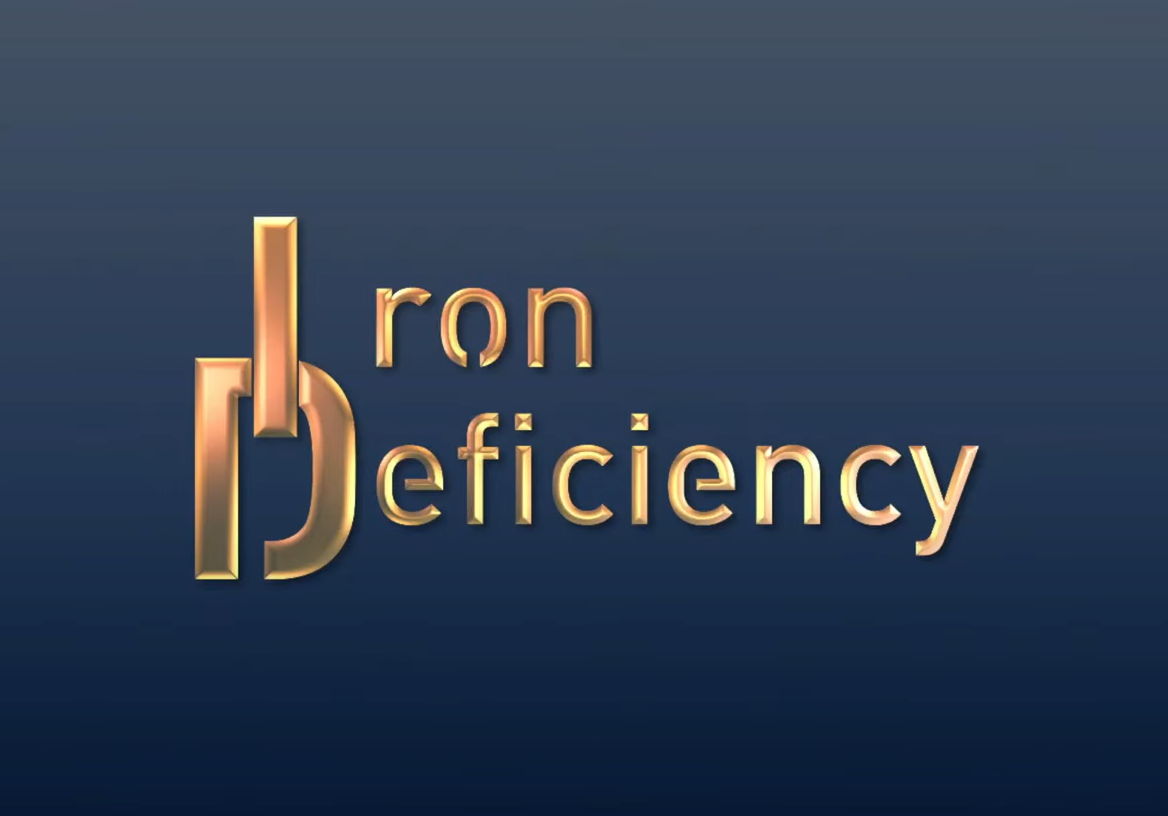Tale of the Wand Guy : Back-Alley Magic
Try escape the clutches of the ghost warden as you navigate your way through a dystopian, dangerous alleyway.
Find the game website and play it HERE
Name: Tale of the Wand Guy : Back-Alley Magic (TWG:BAM)
Game Genre: 3D roguelike infinite runner.
Team Size: 6
Game Engine: Unreal Engine 4.
Source Control: GitHub Desktop, Git LFS.
Elevator pitch:
A third-person, reverse roguelike, following a wizard who escaped a magical prison through a portal and landed into a futuristic alleyway. But beware! The prison warden followed you through the portal. Fight your way through the alleys of dystopian New York while evading the warden.
My Contributions
Environmental Lead Artist
As the main environmental artist, it was my job to identify the ideal color palette, theme, and setting for the game. Once identified, I was then in charge of creating, UV mapping, texturing, and at times animating each 3D model.
Level Designer
Once each asset was imported into the Unreal Engine, it was my job to set up each of the scenes which would be randomly called by the procedural generator to create an endless world.
Gameplay Designer
My role as gameplay designer was to essentially create the base idea for the game, and change aspects of the gameplay as we iterated. This included balance changes and reworking of gameplay elements.
Gameplay
Design Process
This image shows how different members of the team would bounce ideas around.
As one of the main game designers for this game, my original goal was to create a “shell game concept”, which is simply the base idea for the game; “a reverse roguelike”. Because of this, our team was able to bounce around many ideas and everyone in the team contributed to the overall game idea.
Once each member brought one idea to the table, we then immediately began simplifying them. Because we had such a short time to create the game, our team had decided to keep everything simple.
Click the image to expand it and view more.
‘When in doubt, simplify, then simplify again’.
This also meant that many of the ideas that were brought forward never made it past the brainstorming phase, and as the team began developing, we had a very clear image of how the game should look like.
When it came to scraping of ideas, the enemies took the heaviest hit. We had originally wanted the enemy NPCs in the game to be mythical creatures, but after careful consideration and reviewing of our character modelling skills, we settled on bipedal enemies.
As an environmental artist, this game provided me with a unique challenge that I have never tackled before. Because the environment was going to be generated randomly, I had to model out multiple building positions. This meant that I had to make sure there were enough iterations so the player does not notice repeating orientations, but I had to retain a visual flow.
NPC rough sketches.
Quick sketch of how the game should look like, with tall buildings dwarfing the player on either side.
Greybox
Generation
To build the environment of TWG:BAM, I had to create not one, but multiple iterations of the same environment, each with its own lighting and order. There were two types of tiles that were used by the Blueprint system: Wall Tiles and Floor Tiles.
Wall Tiles
Wall Tiles contained the buildings that would be built around the play area. The image below shows an example of what a Wall Tile would consist of, as well a view of the emissive lights. We had to limit lighting in the generated tiles since our main scene had its own lighting system. This was one of the largest obstacles faced, since it was quite tough to adjust lighting in both scenes. This also brought problems with how lighting was built when the game was running.
Floor Tiles
Floor Tiles consisted of clutter that would occupy the middle area of the environment. These tiles were significantly smaller than the Wall Tiles, and would also consist of the powerups, traps, and enemy NPCs. Because of how modular the world building was, it was also very easy to adjust the spawn probability for each tile. This created an efficient and quick way to balance the game.
An example of one of the several clutter tiles.
Health powerup.
Movement speed slow trap.
NPC spawn tile.
The data table which controlled the spawn rate for each Floor Tile. There was a separate identical data table which controlled the spawn rate of Wall Tiles.








